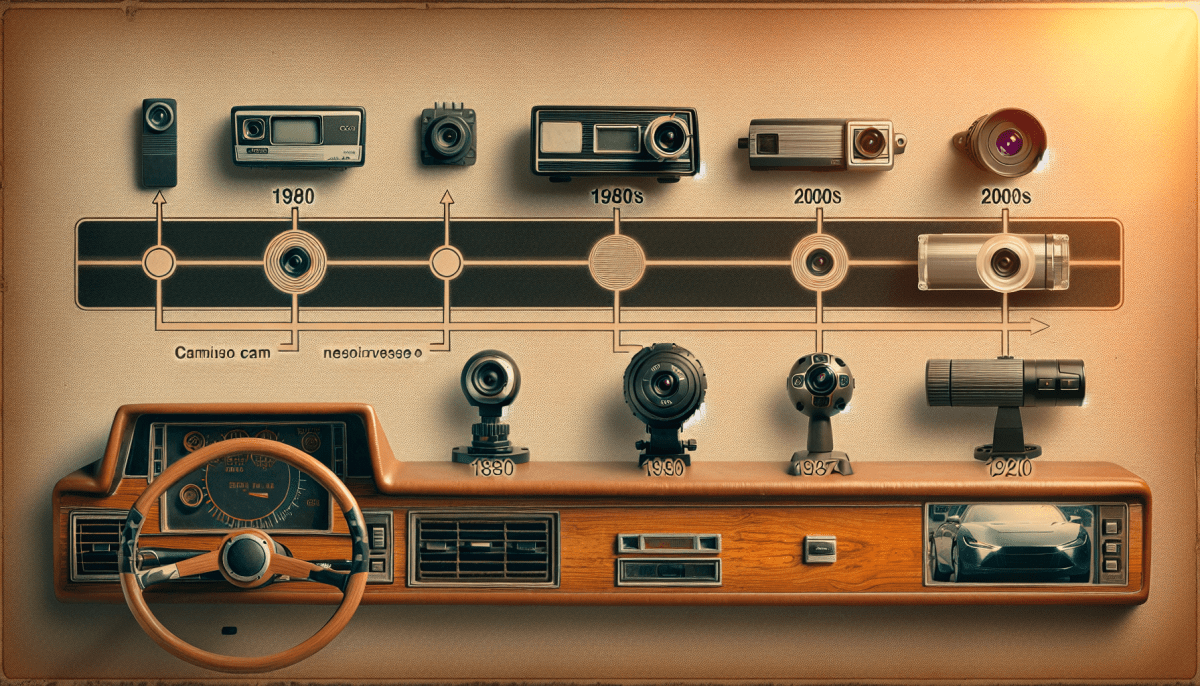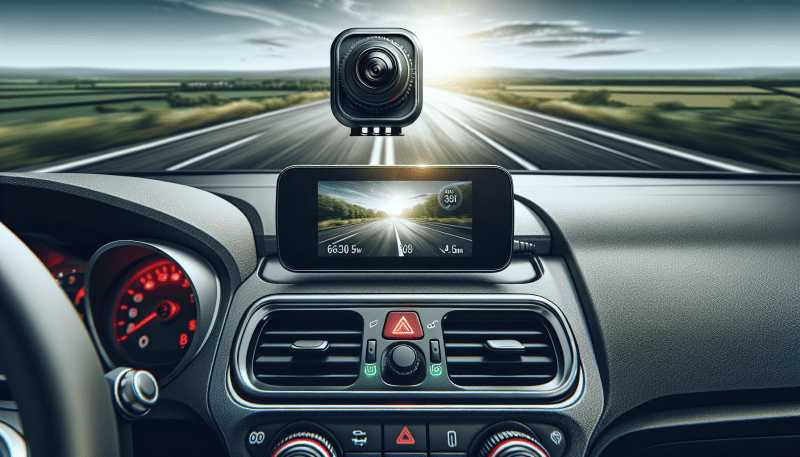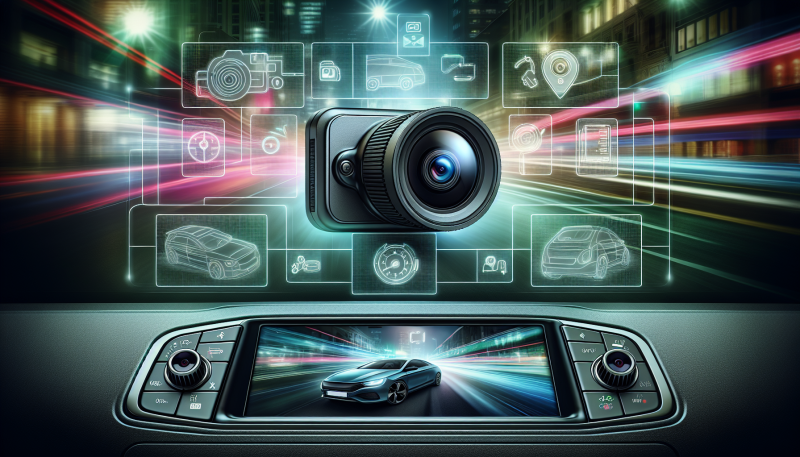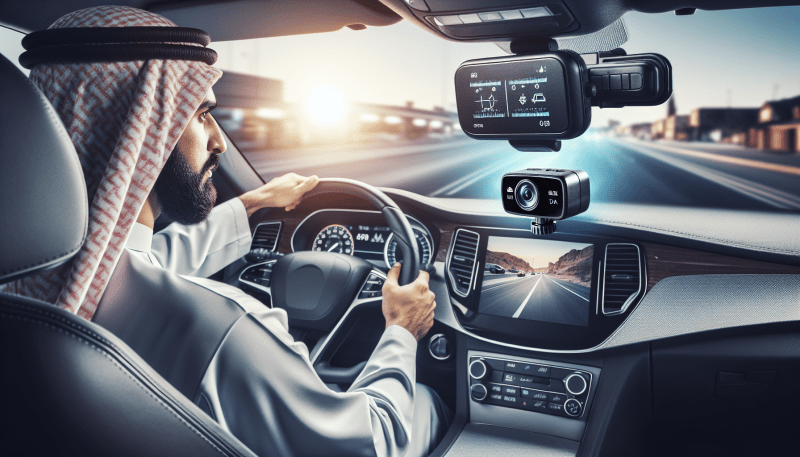One of the primary reasons for this surge in popularity is the increased concerns about road safety. With the rise in reckless driving and accidents, dashcams provide an extra layer of security. In the unfortunate event of a collision, having video evidence can be invaluable. Dashcams can capture crucial details, such as the behavior of other drivers, traffic conditions, and even unexpected events like theft or vandalism, making them a useful tool in disputes with insurance companies.
Moreover, the advancement in technology has made dashcams more user-friendly and accessible than ever. With features such as high-definition video quality, night vision, and continuous loop recording, drivers are gaining more confidence in their decision to invest in these devices. Many modern dashcams even come equipped with GPS tracking and Wi-Fi connectivity, allowing users to easily share footage and access their recordings via smartphone apps.
Social media also plays a role in the growing interest in dashcams. As drivers upload their incredible, funny, and sometimes shocking dashcam footage online, viewers are captivated by the stories these videos tell. This exposure has sparked curiosity and fear among potential buyers, leading them to consider dashcams as an essential part of their driving experience. With easy access to a wealth of dashcam content, many are now eager to capture their own adventures and misadventures on the road.
Benefits of Using a Dashboard Camera
Dashboard cameras, often referred to as dash cams, have surged in popularity among drivers for a variety of compelling reasons. One of the most significant benefits is the enhanced safety they provide. By recording real-time footage of the road ahead, these cameras can be invaluable in the event of an accident. The recorded video can serve as crucial evidence, helping to clarify the circumstances surrounding a collision and protect the driver from false claims.
In addition to providing evidence in accidents, dash cams can deter reckless driving behavior. Knowing that they are being recorded, drivers might be less likely to engage in aggressive maneuvers or road rage incidents. This sense of accountability can lead to safer driving habits not only for those who install dash cams but for everyone on the road. Ultimately, dash cams contribute to a more cautious driving environment.
Another noteworthy advantage of dashboard cameras is their ability to capture unexpected moments. Whether it’s a breathtaking scenic view, an unusual event, or even wildlife crossing the road, having a dash cam allows drivers to record memorable experiences. Many dash cam models also offer features such as looping recording and night vision, further enhancing their utility by ensuring that every journey is documented, regardless of lighting conditions.
Lastly, some dash cams come equipped with advanced technology, including collision detection and GPS tracking. These features can provide real-time alerts and additional layers of security for vehicles. For example, a dash cam with built-in motion detection can record any incidents occurring around a parked car, alerting the owner to potential vandalism or theft. This added protection can give drivers peace of mind, knowing that their vehicle is under constant surveillance.
Choosing the Right Dashboard Camera
When it comes to selecting the perfect dashboard camera for your vehicle, there are several factors to consider. First and foremost, think about the camera's resolution. Higher resolution cameras offer clearer images and better video quality, which can be crucial in the event of an accident. Look for cameras that provide at least 1080p resolution, while 4K options can deliver even sharper and more detailed footage.
Another important feature to keep in mind is the field of view. A wider field of view allows the camera to capture more of the surroundings, which can be beneficial when documenting any events that occur near your vehicle. Cameras with a field of view of 120 degrees or more are generally recommended, ensuring that you don’t miss any critical details.
Additionally, consider the camera's night vision capabilities. Many incidents occur in low-light conditions, so the ability to record clear images at night is essential. Look for cameras equipped with infrared technology or those that perform well in low-light environments to ensure you have reliable recordings, day or night.
Finally, don't overlook the importance of user-friendly features. A dashboard camera with a simple setup process, intuitive controls, and easy-to-navigate menus will make your experience much smoother. Extra features such as loop recording, G-sensors that detect sudden impacts, and built-in Wi-Fi for easy sharing and storage can substantially enhance the functionality of your camera.
Future Trends in Dashboard Camera Technology
As dashboard camera technology continues to evolve, several key trends are emerging that promise to enhance their functionality and usability. One of the most exciting developments is the integration of artificial intelligence. AI algorithms are becoming more sophisticated, allowing cameras to not only record but also analyze driving behavior in real-time. This means that drivers can receive instant feedback on their performance, making it easier to improve safety on the road.
Another notable trend is the advancement of connectivity features. Many new dashboard cameras are now equipped with Wi-Fi and Bluetooth capabilities, enabling users to easily share footage with their smartphones or other devices. This connectivity not only simplifies the sharing process but also allows for cloud storage solutions, where users can store their recordings securely online. This feature is particularly useful for drivers who want to keep a record of incidents without worrying about losing data from their devices.
Furthermore, the push for higher resolution cameras is making dashboard cameras clearer than ever. With the advent of 4K and even 8K recording options, drivers can capture crisp and detailed footage. This increased clarity is essential, especially in the event of an accident where license plates or other critical details need to be captured accurately. As technology progresses, we can expect these high-definition options to become the standard rather than the exception.
Lastly, the importance of user-friendly interfaces cannot be overlooked. Manufacturers are focusing on developing dashboard cameras that are easy to install and use. Intuitive controls and streamlined mobile apps are becoming the norm, allowing drivers to quickly access their footage and settings without a steep learning curve. As dashboard cameras become more accessible, we can anticipate broader adoption among drivers looking to improve their safety on the roads.



